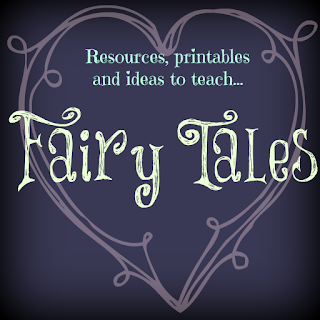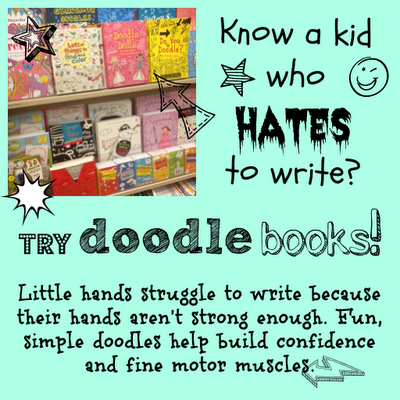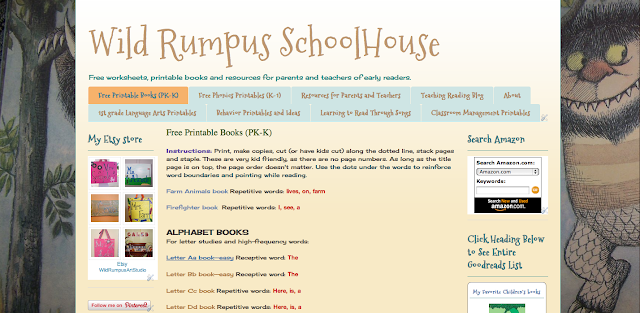
by admin | Oct 17, 2012 | Categories
Check out bookpig.com. This website is a great resources for finding books. They’re sorted by grade level, genre and award winners. What I like is that they suggest books based on your favorites. It also gives you approximate reading levels for each book.
You can also rent books Netflix style. The pricing isn’t bad–especially if your local library is far, or doesn’t have a great selection. They keep 2 shipments in rotation at all times, so you don’t have to return all your books to receive new ones.
Books range from beginning readers to Young Adult.

by admin | Oct 13, 2012 | Categories
Introduction to Fairy Tales Lesson Includes vocabulary, characteristics and information about authors.
Fairy Tale Writing:
I’ve done two versions of using Fairy Tale words (vocabulary) for writing activities.
Version 1: These words are cut apart and placed in a brown paper bag. I gave each child their own bag, but it can be done whole group as well. The kids pulled a word out of the bag and wrote a sentence with that word. In math, the words were used to write story problems. Later, they used the words to help them spell while writing their own Fairy Tale or a version of one of their favorites. The words can also be used as a matching game with various Fairy Tale books.
Version 2: This is the same list, shrunk down to half a page. The kids were given lists like this with Halloween words, Thanksgiving words, Family words, Winter words, etc. Each list was glued on the back pages of their writing journal. That way they were easy to find. The words prevented them from asking me a million times how to spell something. It increased their reading and decoding skills by forcing them to find the word on their own, and it gave them confidence when they recognized words in the various Fairy Tales–which can often be difficult for little ones to read.
Fairy Tale Comparisons:
Comparing Fairy Tales using both different versions of the same tale, or similar stories, such as Sleeping Beauty, Snorking Beauty and Sleepless Beauty, is a great way for children to understand elements of fiction and practice critical thinking skills.
More Fairy Tale Printables
Additional Resources:
A Note about Fairy Tales and Walt Disney:
Walt Disney loved Fairy Tales. That’s why he chose the story of Snow White for his first full-length animated film. For many kids his movies are their only exposure to Fairy Tales. Like other storytellers, he told his own versions and added his own elements. Exposing kids to other versions of the stories, both through books and movies broadens their intellectual scope.
by admin | Sep 26, 2012 | Categories
Check out the new tab I created: List of Books by Theme.
The list is something I’ve been compiling for years. It encompasses academic themes and units; alphabet, rhyming, cowboys, bears, etc. –but more importantly, it lists books you can use to address the multitude of issues that arise when dealing with a room full of 5 or 6 year olds. I have books for interrupting, tattling, fighting with friends, being true to yourself, using your imagination, learning English, and never giving up.
For some of the books I’ve also attached questions to ask after reading, and comprehension pages I’ve created. I’ll continue to add more of these pages as I find them when riffling through all my work.

by admin | Aug 31, 2012 | Categories
Click on the tabs at the top for FREE Resources, Links and Printables: worksheets, books, classroom posters, lesson plans and more…
by admin | Aug 28, 2012 | Categories
I created a tab at the top Called Learning to Read Through Songs with links and lyrics. I wanted to expand on that and tell you why this is important and why it works.
I am not a musical teacher. I don’t sing to the kids about cleaning up or starting with a capital. I DON’T sing anything. But teaching little ones to read is not about what I like or how I learn or what I’m comfortable with. It’s about them. Lots of children learn through music.
Why it Works:
- Kids remember song lyrics and can learn them quickly. By having the lyrics in front of them, they are connecting what the words sound like with what the words look like.
- It increases fluency. Songs can’t be sung in that stoic robot voice kids often read with.
- It increases vocabulary. Songs have bigger words than “cat” and “like”. Early readers LOVE big words. Some songs really provide an opportunity for conversations about new words.
- It increases their Sight Words. Last year my class became OBSESSED with Mary Poppins songs. Because of that, *every* kid, regardless of their reading level, recognized words like “spoonful” and “sugar.” And “supercalifragilisticexpialidocious” but that’s valid.
- It challenges the kids who are reading above grade level.
- It makes non-readers feel successful.
- It allows them to take control of their learning. “DJ for the Day” was one of the rewards in our class. The student who chose that award got to pick the songs they wanted to hear all day. If a student made a request for lyrics for their song book, I gave it to them (provided they were child-appropriate).
- It exposes them to songs they may not have heard before. Some of my favorites from childhood, and old folk songs like “This Land is Your Land,” became some of their favorites.
Tips for Teaching with Songs:
- Sing every day. Even if it’s just 5 or 10 minutes, or 2 or 3 songs. It can be done during snack, after they’ve packed up.
- Give them a Song Book. I used a 1 inch binder, printed songs on both sides and hole-punched.
- Give them new songs, but keep playing the old songs. By the end of the year, they usually have between 50 and 60 songs, and about 15 we listened to regularly.
- Read over the lyrics periodically with them.
- Encourage them to point to the words while they’re singing.
- Create word searches. Look at the songs they have in their Song Book and create a game. I did this because I wanted to make sure they were READING the songs, not just singing them. See my examples here: Song Word Search 1 Song Word Search 2 These examples use our school song, so you probably won’t be able to use them unless you can convert from PDF to publisher and change it.
- Let them read their Song Book during Silent Reading. We did this on Fridays and called it “Loud Reading.” They got to sit with friends and sing their favorite songs (with quiet voices). This was the time I’d really see them reading and decoding the words in the lyrics.
Songs my Class has LOVED
Phineas and Ferb–Gitchee Gitchee Goo with lyrics Gitchee Goo Lyrics
This Land is Your Land
I Can Sing a Rainbow I Can Sing a Rainbow lyrics
I Just Can’t Wait to be King I Just Can’t Wait to be King lyrics
Supercalifragilisticexpialidocious Supercalifragilisticexpialidocious lyrics
The Wonderful Thing About Tiggers
Who’s Afraid of the Big Bad Wolf?
The Bare Necessities The Bare Necessities lyrics
Mr. Grinch Grinch lyrics
Step in Time–Mary Poppins This one’s long! Step In Time lyrics
**Side Note: All the Mary Poppins songs had my classes singing with English Accents. Hilarious**
YouTube
*Always preview YouTube links before showing them to your kids. Check the video for words changed into inappropriate words as well as foul language in the comments. I don’t know what’s wrong with people. *Also beware of ads placed on some of these videos as they can also be inappropriate. **ALWAYS PREVIEW!
Schoolhouse Rock Channel Some of these will definitely be over the heads of the little ones, but my first graders LOVED the Noun and Adjective songs
HooplaKidz Lots of really cute songs here, some with lyrics, some without. (Although I really hate it when something specifically for children is purposely spelled wrong. Pet peeve.)
*For More Check out The Learning to Read Through Songs tab. 






